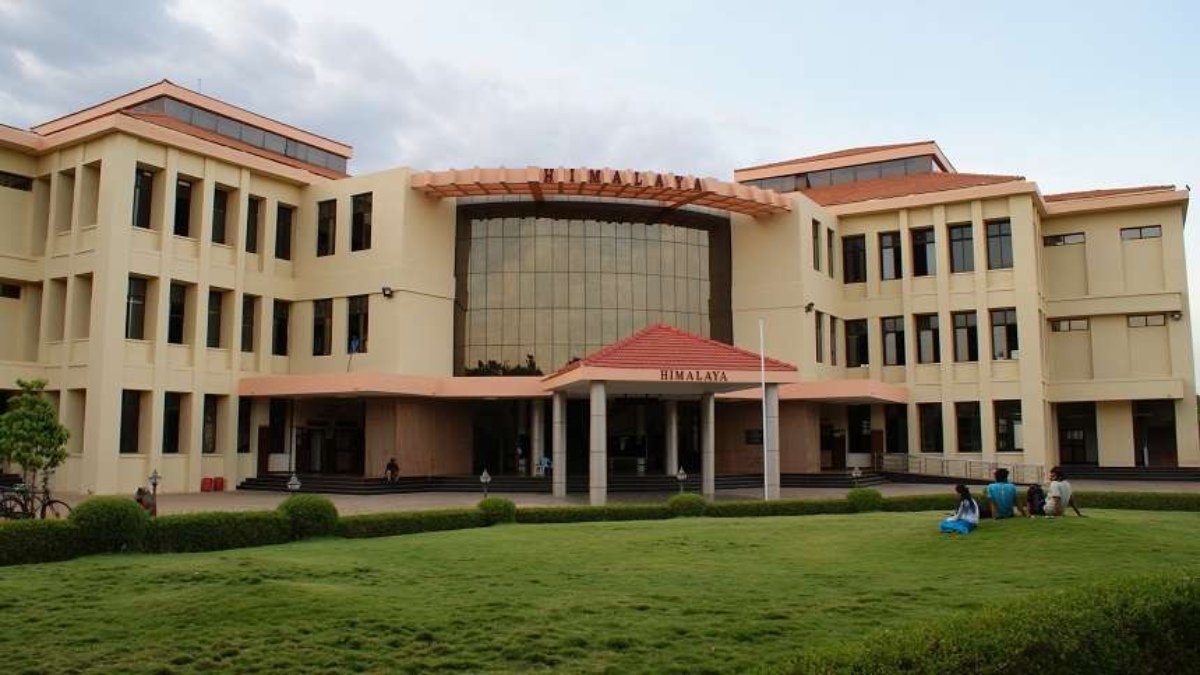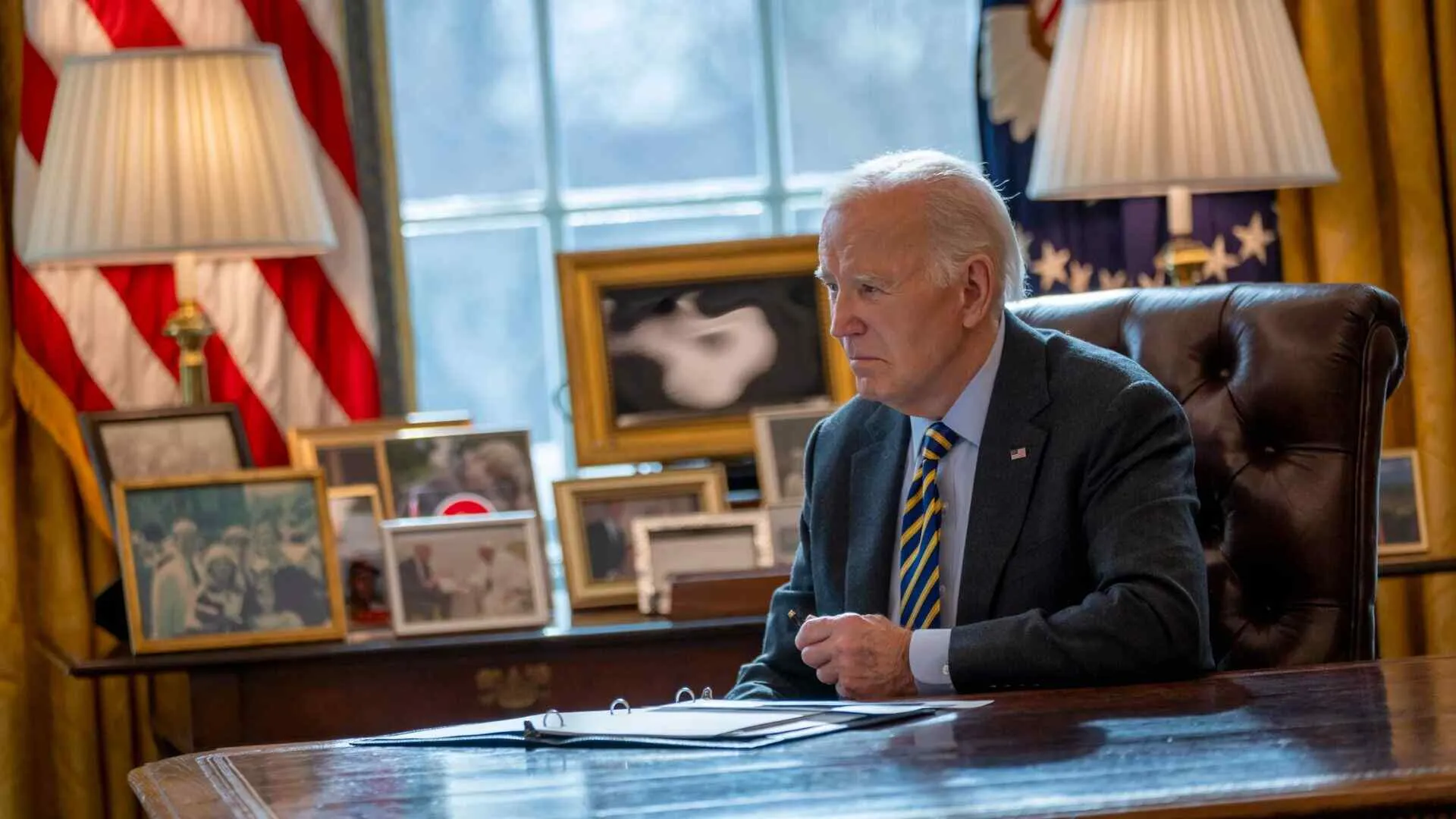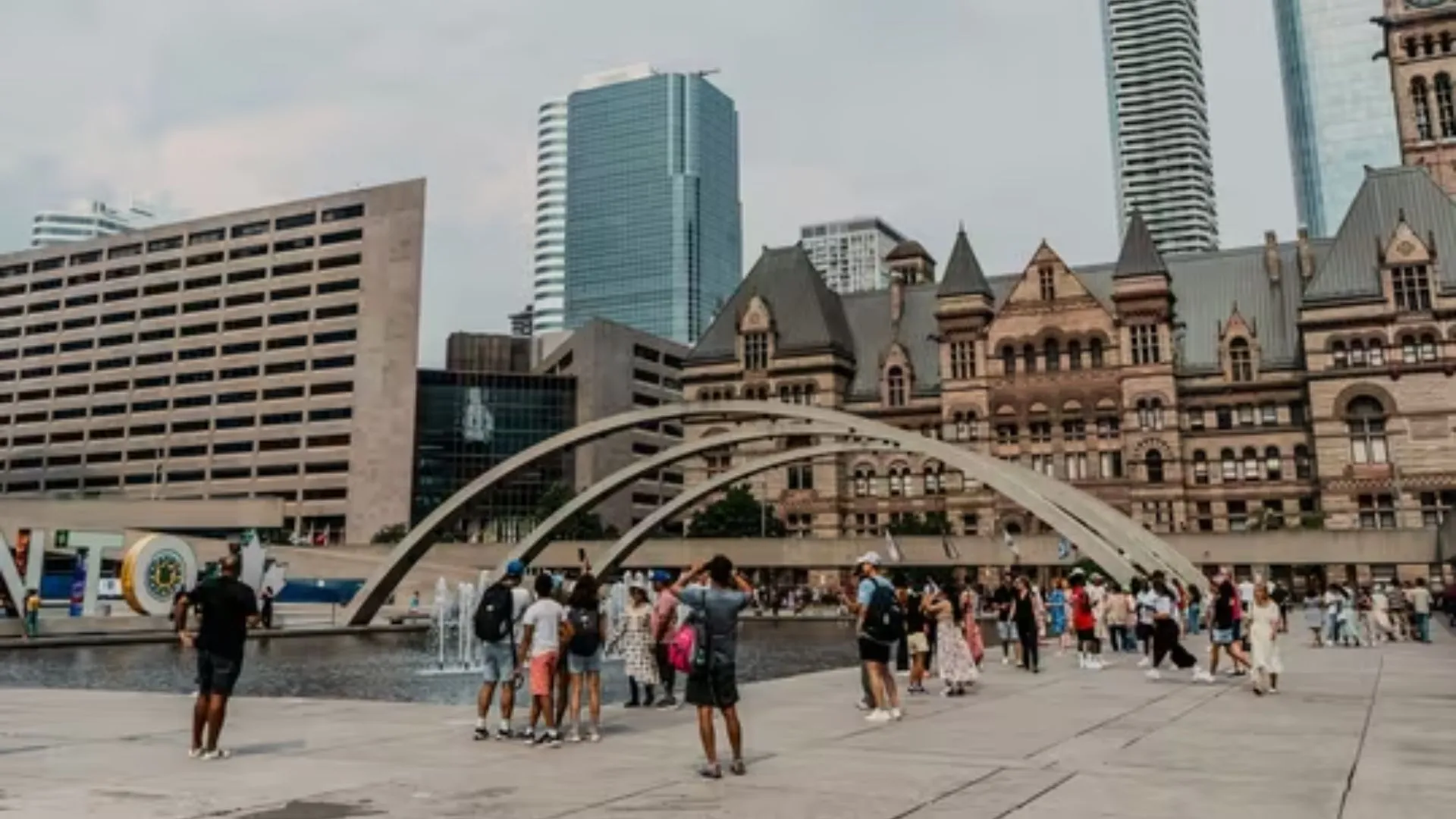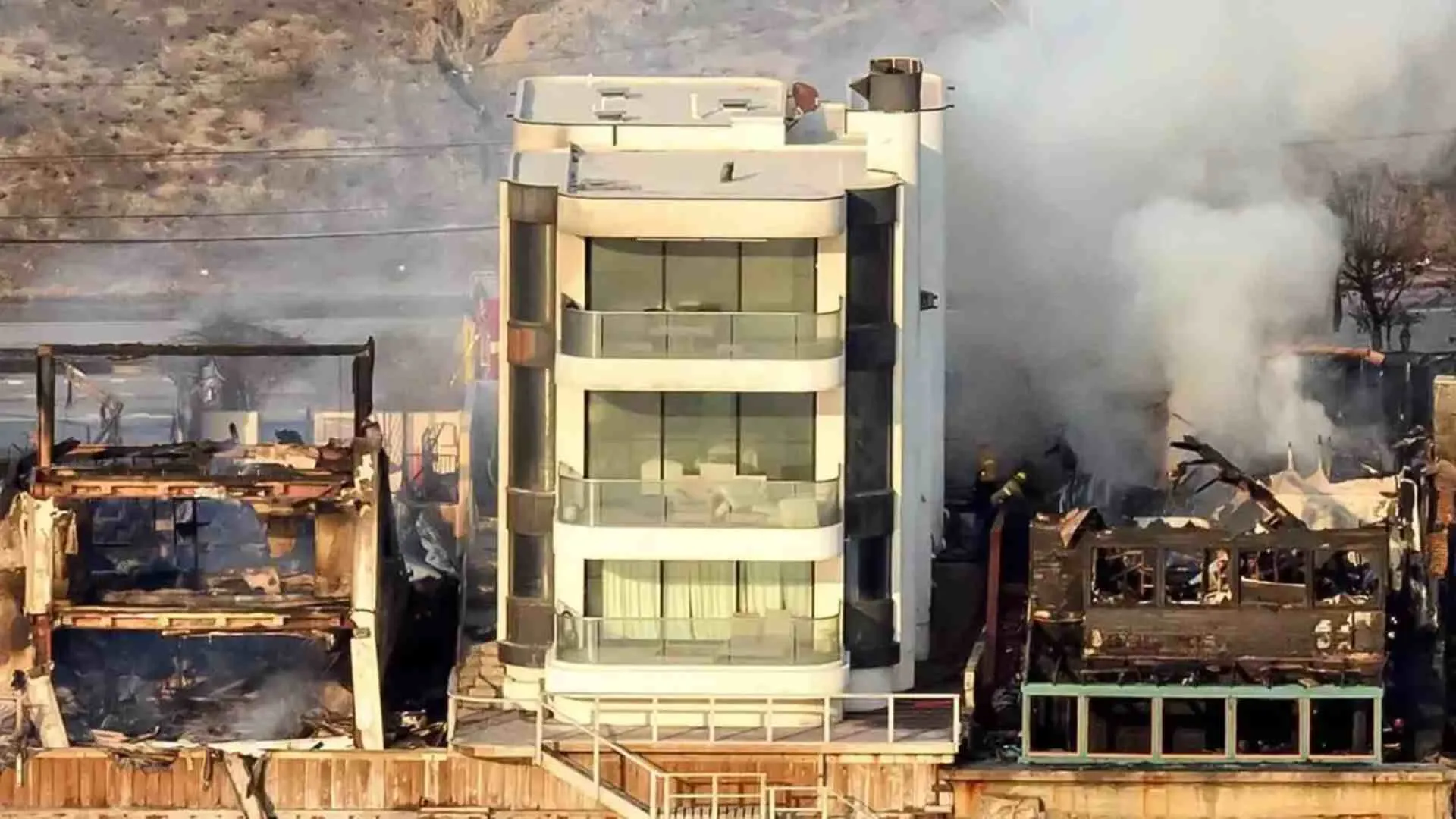Attending the 56th Convocation of the Indian Institute of Technology, Madras in 2019, Prime Minister Narendra Modi said and I quote “In front of me is both a mini-India and the spirit of New India. There is energy, vibrancy, and positivity. I could see dreams of the future in your eyes. I could see the destiny of India in your eyes”. The Prime Minister further added that the foundations of the 21st century will rest on the three crucial pillars of Innovation, Teamwork, Technology. Fortunately, I was accompanying the Prime Minister and I could see the strong impact of his speech on the students. We all could see our Prime Minister as the undisputed youth icon who successfully brought about an attitudinal shift. This was the time when we were finalizing the draft of NEP-2020 trying to reach out to every possible stakeholder. I used to always think since the beginning of civilization India has been the Vishva Guru for the whole world. When the whole world was struggling in darkness for their survival, India was teaching about the identity of man with the Supreme. We were talking about consciousness. When the world was using primitive agriculture methods we were performing surgeries. People from all around the world came to India in search of knowledge and to gain from its priceless wisdom. At various forums, I told our students that Bharat was the country that showed the whole world its academic brilliance through Sushrutha, Kanad, Aryabhatta, Nagarjun, Bhaskaracharya, Rishi Charak, Patanjali, Kautilya, and now we deserve to gain the same pedestal of being “Vishwa Guru” again.
The concept of University first emerged in India. People came from Asia and the Middle East to study at its great centers of learning like Takshashila, Vikramshila Vallabhi, Kanchi, Varanasi, Pusphagiri, Patliputra, and Nalanda. Bharat was famous for its spiritual and scientific knowledge but also its art, philosophy, medicine, mathematics, Ayurveda, architecture, and material prosperity.
While designing NEP-2020 we have laid a strong foundation for the building of a Vishva Guru Bharat . We are aware that for this we must work towards making New Self-Reliant India. I am pretty sure that the globally praised policy will also help India attain the position of “Vishva Guru” in times to come. The main focus of NEP 2020 is on all-around development of the body, mind, and soul of the individual i.e. samagra vikas.
Swami Vivekananda, often said that education was not only a collection of facts or information but something more meaningful. To him, the main aim of education was man-making, life-giving, and character-building. He considered education as the assimilation of noble ideas. To quote Prime Minister Modi “Swami Vivekananda always focused on the development of both mental and physical strength. He said one should have muscles of iron and nerves of steel. Under the able leadership of Prime Minister, Modi NEP-2020 is committed to providing equitable and inclusive quality education at all levels – early childhood (fundamental), primary, middle, secondary, technical and vocational training, and higher education.
As a part of our initiatives, we have made sure that all Indians irrespective of sex, age, race, or ethnicity, and persons with disabilities, migrants, indigenous people, children, and youth, especially those in vulnerable situations, should have access to lifelong learning opportunities that help them to acquire the knowledge and skills needed to exploit opportunities to achieve decent work in their life. Being Bharat Kendrit NEP-2020 emphasizes promoting regional multilingualism and the power of language, ancient knowledge creativity and critical thinking, ethics and human values, holistic education, equity and inclusion, and life skills during the teaching and learning process. Focusing on the Indian value system, and traditional Indian knowledge NEP also lays stress on modern International Standards in the teaching-learning process, teachers and faculty, accreditation and continuous review process and research, innovation, and development. We do understand that we need to expand our education infrastructure and facilities as required for the large population of India. The NEP-2020 envisages that the synergy in curriculum and pedagogy of our education system must be holistic in developing a sense of respect towards the fundamental duties and constitutional values, bonding with Indian values, and consciousness about the transforming world.
The last few decades have witnessed a phenomenal rise in Indian students going abroad for higher studies. Most of them settle there and never come back. Every year more than 750,000 students are going abroad for higher studies and spend billions of dollars. So by allowing foreign universities in India, students will show interest to study here rather than going abroad. For the first time, we not only realized this but offered solutions. By inviting the top 100 foreign universities to set up campuses here, other Indian institutions can also have easy collaboration and can adopt world-class methodologies in teaching. Some people are criticizing allowing foreign universities in India, fearing that this may lead to hiking in fees. But, for that, there is a fee regulator body to fix the fees.
Our nation is enjoying a population dividend and is one of the youngest nations however we are aware that the nation is also grappling with unemployment. I must give credit to all the stakeholders who were involved in the crafting of this historic policy. For the first time in India’s history, we have come out with a policy that is completely India-centric. Getting inputs from lakhs of panchayats, more than a thousand Universities, and lakhs of schools, and colleges was a big task however we were able to establish the connection, and the crafting of NEP became one of the largest consultative processes in the world. The best part was that all the stakeholders now feel the ownership. There were lot many suggestions regarding the inclusion of our value system, and our rich cultural heritage.
A lot of emphasis has been laid on the inclusion of our traditional knowledge system in NEP-2020. NEP-2020 ensures decent work for youth and struggling to provide youth with education and skills that will adequately prepare them for the evolving jobs market. Where youth population growth rates are high, greater investment in young people is needed to harness their human capital. It’s for the first time we can understand and discuss the framework of entrepreneurship, employability, and transition to work from education systems.
When NEP-2020 was implemented jointly with governmental, and non-governmental organizations, targeted international organizations, targeted vocational skills training programs, and technical education programs focused on the development of life skills including effective communication and negotiation, decision-making and problem solving, leadership, personal finance management, and critical thinking can help young people are in a better position to secure and retain decent work in a competitive labour market. Basic modules on generating a business plan and starting and sustaining a business can provide a solid foundation for continued support, including mentoring for potential young investors. Integrating the development of life skills in entrepreneurship training is also critical. The human development approach holds that young people should be directly involved in shaping their futures, and in this context, the voice, agency, and well-being of youth should inform any strategy for skills development and broader youth development.
In one of my interactions with school students, one student asked me about my ideal in life. Even before he could finish his question I answered that Swami Vivekananda has been my ideal since childhood. When the new education policy was being finalized I could see that vision of Swami Ji being reflected in the document. I remember listening to Pro-Chancellor of Ramakrishna Vivekananda Mission Educational and Research Foundation, Swami Atmapriyananda during one of the discussions organized by PIB who said, and I quote “The New Education Policy 2020 reflects the vision of Swami Vivekananda who had dreamt of an education system as a mix of tradition and modern scientific knowledge”. Swami Atmapriyananda further added, “the education system that was dreamt by Swami Vivekananda is on the anvil now. Swamiji dreamt of an education system which will be a combination of age-old tradition with modern scientific knowledge and this has been given a proper shape in the new education policy.” He said the new policy will result in “complete re- structuring, re-organizing, revamping and rejuvenating of the existing education system in favor of students.” I am sure that coordinated efforts by all stakeholders will lead to transforming the vision of our great leaders into a mission.
Dr Ramesh Pokhriyal “Nishank” is a former Education Minister, Government of India. He was Chief Minister of Uttarakhand. Besides politician, he is an accomplished author and poet who has penned more than 106 books.























